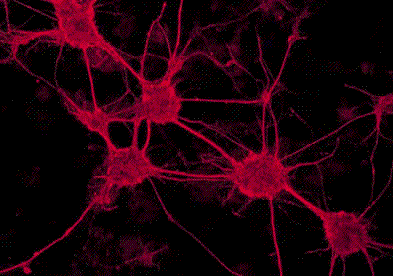
A&P COMMUNICATION NETWORKS: NERVOUS SYSTEM

I Homeostasis Maintenance
A. Communication networks
1. nervous system
2. endocrine system
B. Neural components of communication network
1. central nervous system (CNS)
2. peripheral nervous system (PNS)
II Neural tissue
A. Neuroglia
B. Neuron structure
1. dendrites, body, axon
2. myelination
C. Neuron function
1. excitability
2. neural conduction: electrical
a. membrane polarity
b. Na+ movements
c. disruptions
3. neural transmission: chemical
a. synapse
b. neurotransmitters
c. disruptions
D. Nerve / Tract
1. sensory, motor, mixed
III Central Nervous System
A. Spinal cord
1. gross anatomy
a. cervical and lumbar enlargements
b. spinal nerves
2. crossection
a. white matter; grey matter
b. dorsal root; ventral root
3. reflexes
a. characteristics
b. reflex arc
4. conduction pathways
5. functions
link: Test your reflexes
B. Brain
1. brainstem
a. medulla, pons, midbrain
b. reticular formation (RAS)
2. diencephalon
a. thalamus, hypothalamus
3. cerebrum
a. surface features
b. cerebral cortex
1. functional areas
2. mapping the cortex
4. cerebellum
C. Protection
1. bone
2. meninges
a. dura mater, arachnoid mater, pia mater
3. cerebrospinal fluid
a. ventricles
4. blood-brain barrier
IV Peripheral Nervous System
A. Nerves
1. structure (see histology)
2. cranial
3. spinal
B. Somatic branch of PNS
1. voluntary
C. Autonomic Branch of PNS
1. involuntary
2. dual controls
a. sympathetic
b. parasympathetic
|
|
When you are
finished with this unit, you should be able to |
return to A&P outlines
return to A&P
return to homepage
Last Updated: 4/1/24